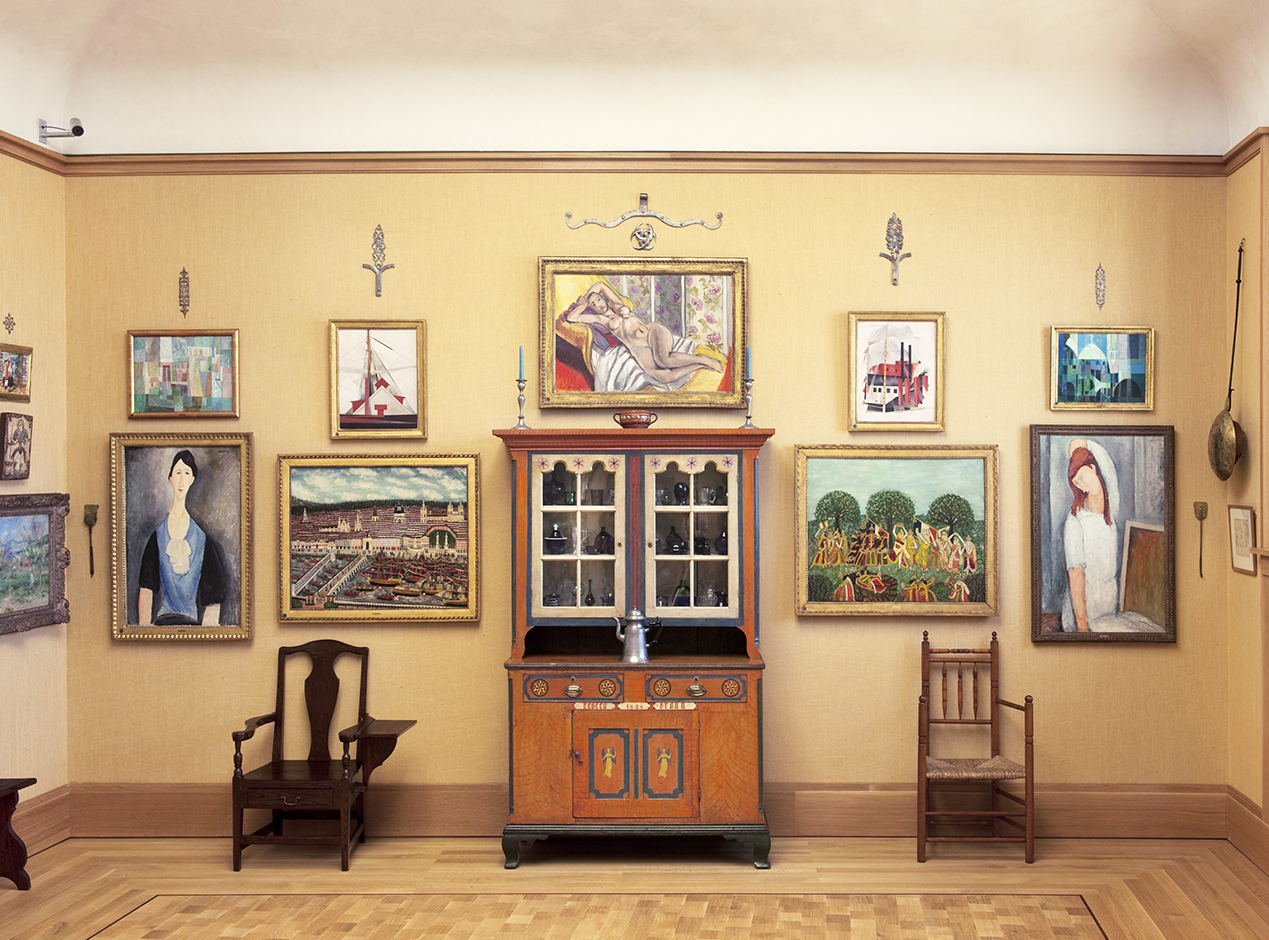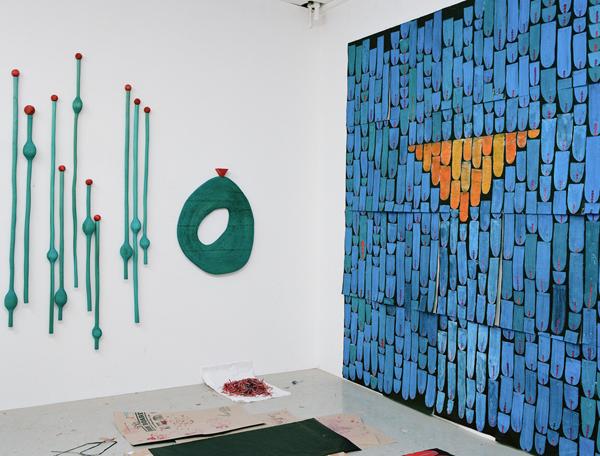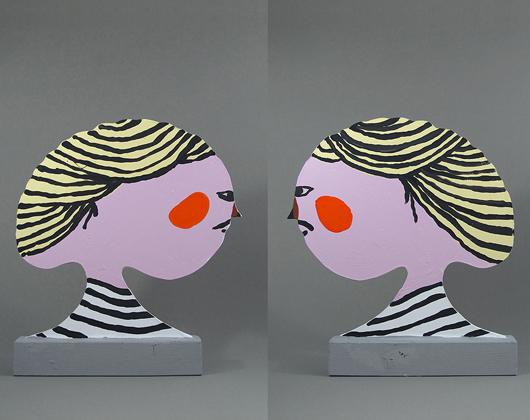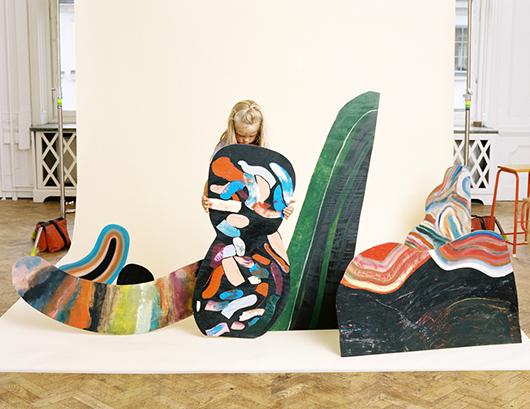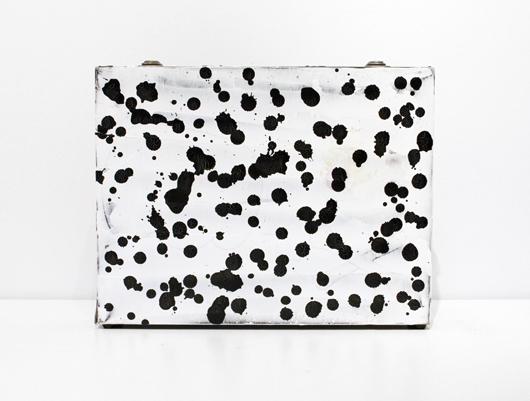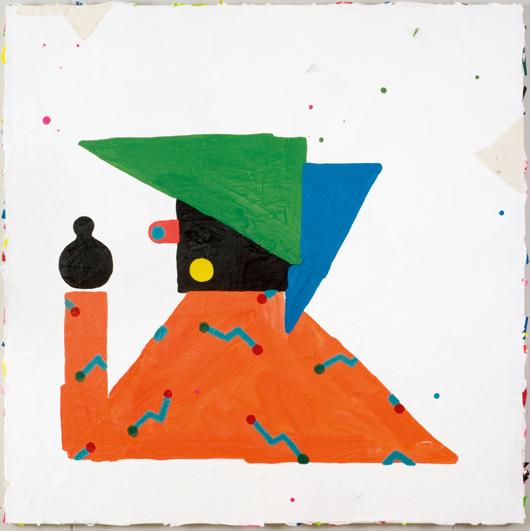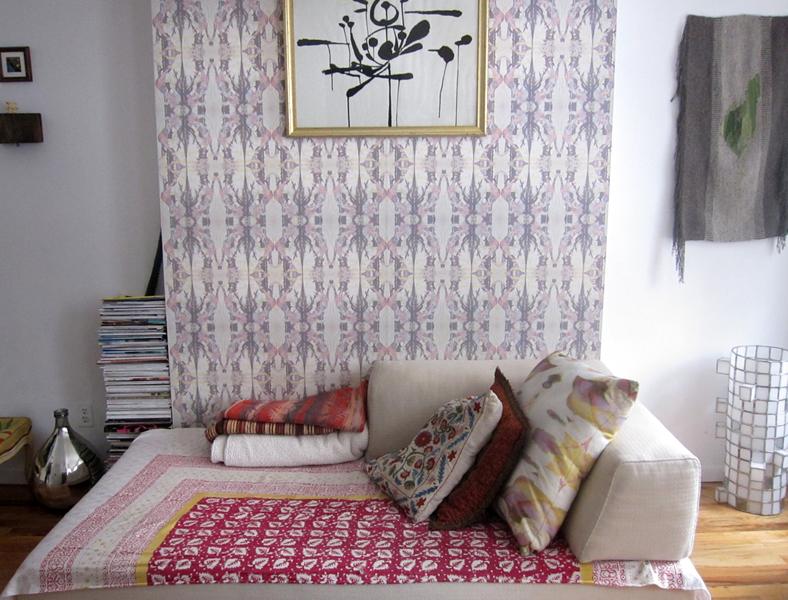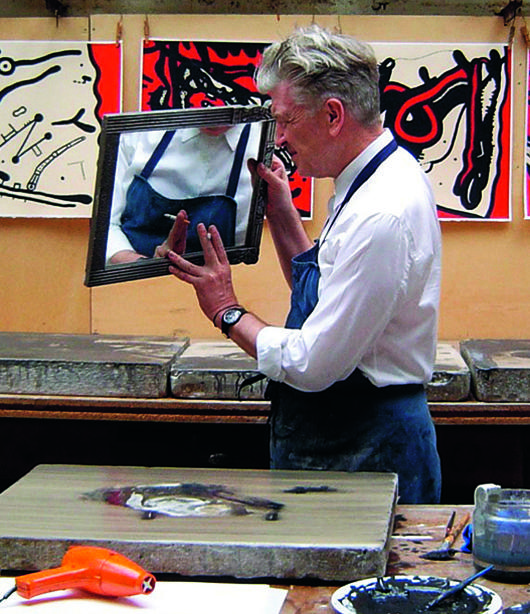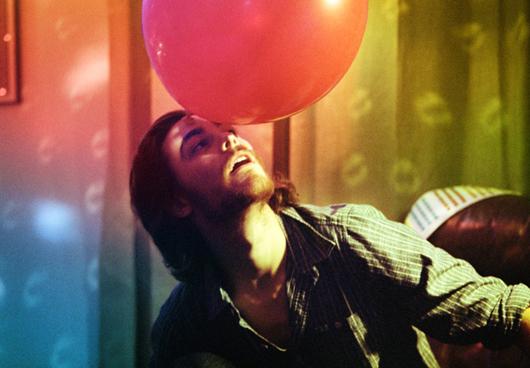
05.14.13
Fair Report
At the 2013 Frieze New York Art Fair
Halfway through our ferry ride across Manhattan's East River to Randall's Island this weekend, thunder rang out, the skies opened up, and a torrential downpour enveloped our little boat, ruining our hair and prompting dozens of our fellow travelers to whip out their iPhone cameras with glee. But neither rain nor sleet nor snow was going to keep us away from this year's Frieze Art Fair, especially after we missed the 2012 show due to Noho Design District preparations and — through the reports of friends and critics — definitely lived to regret it. Once we were inside the giant white tent (designed by the local architecture firm SO-IL), snapping away on our own iPhones while drooling over the smell of Mission Chinese that hovered mercilessly over the central arc of the space, we didn't mind so much that our feet were sloshing around inside our shoes. We managed to see nearly everything — including an amazing performance piece by our favorite, Tino Sehgal — identified several strange recurring trends (art made on or from mirrors, references to outdated technologies), and had a major celeb spotting (Jared Leto) to boot. Check out some of the pieces we Instagrammed after the jump, then head over to our Facebook gallery to see even more photos.
